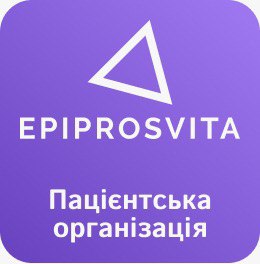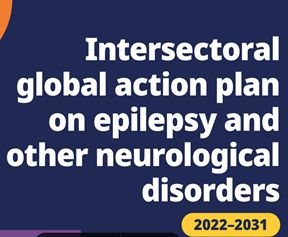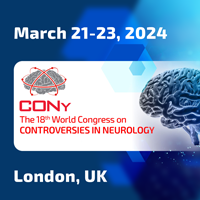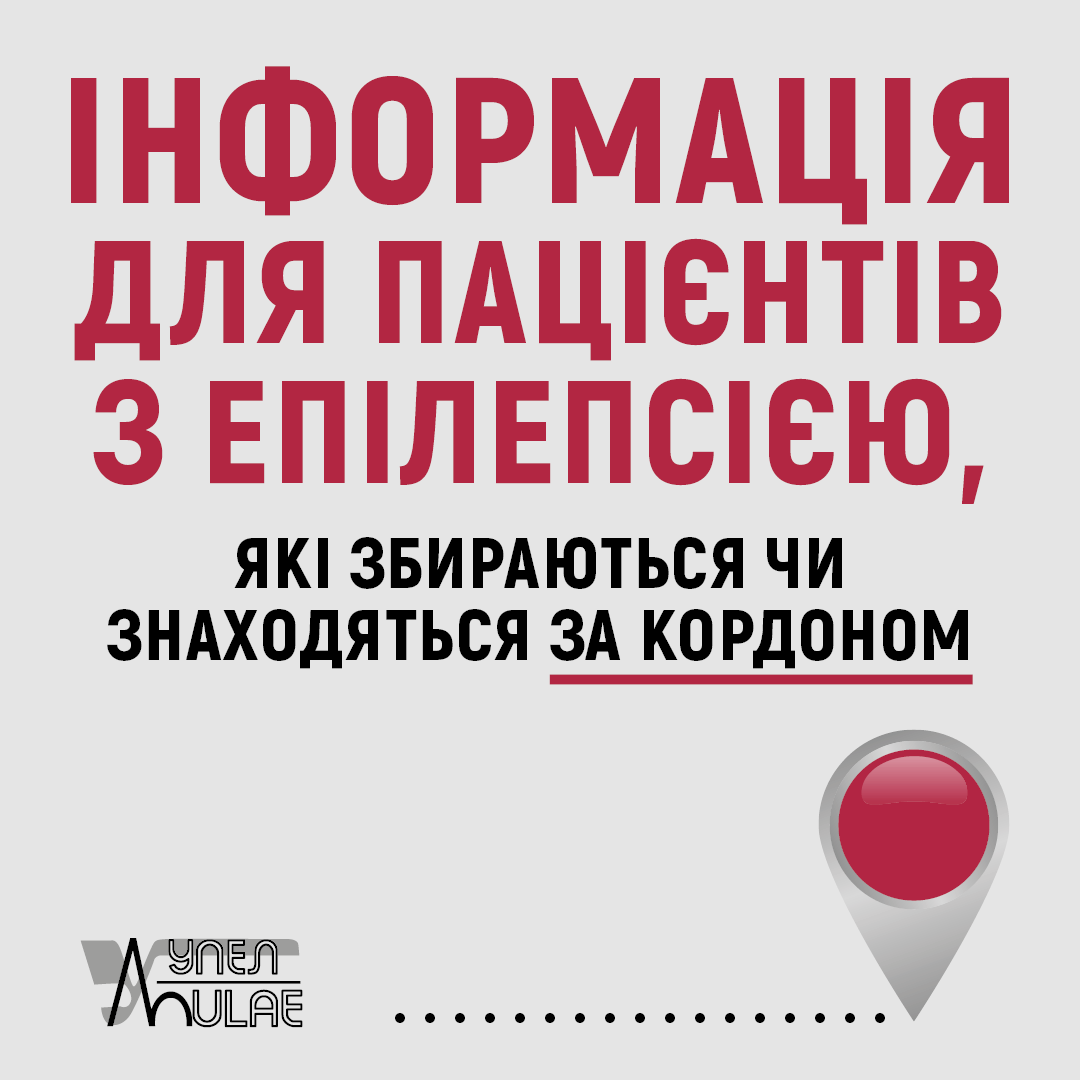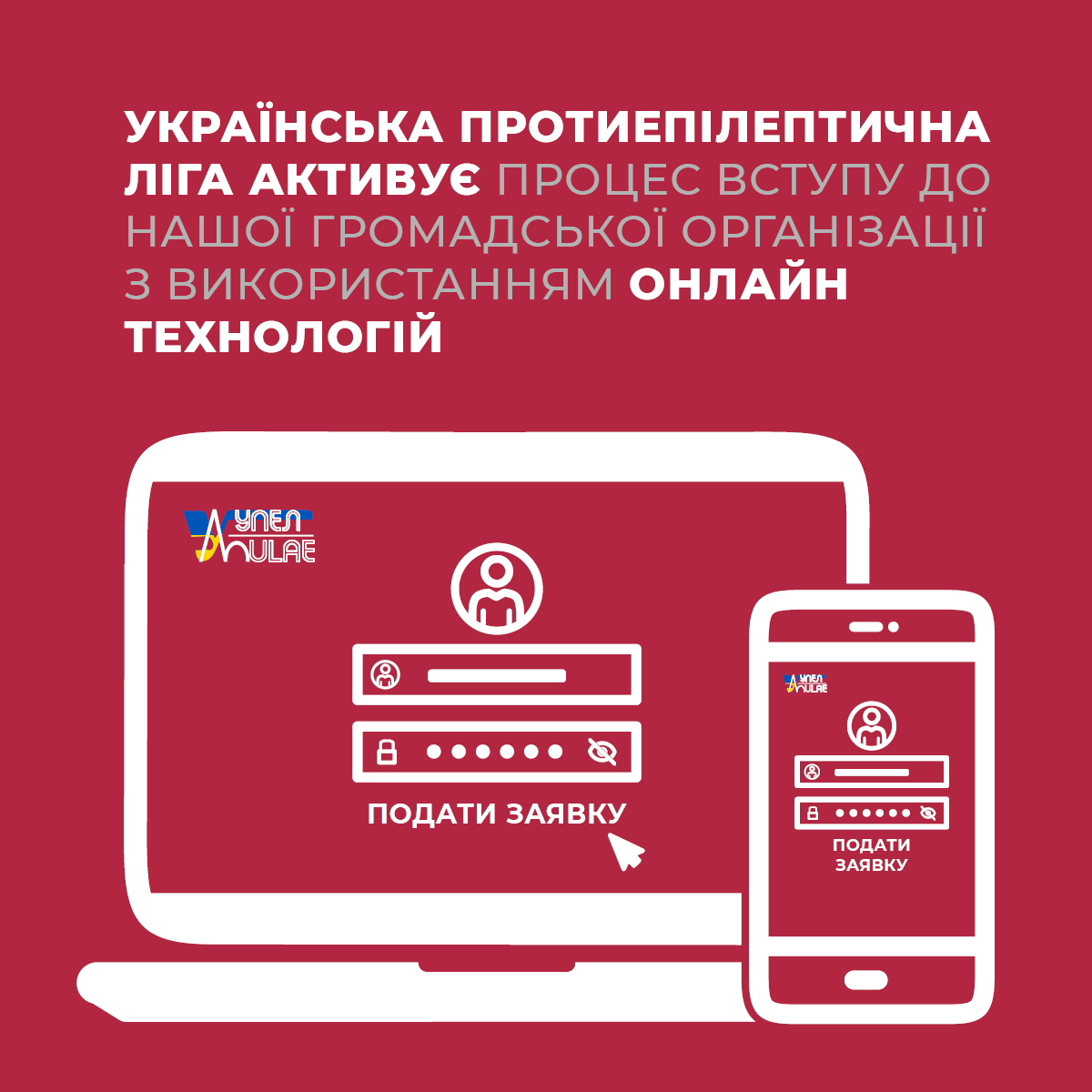Markus Reuber, доктор медичних наук, професор, Академічне відділення неврології, університет Шеффілда, Королівська лікарня Халламшира, Glossop Road, Sheffield, S10 2JF
У мене збереглися смутні спогади про період моїх доклінічних досліджень, коли фармакологія здавалася відносно простою. Антиконвульсанти використовувалися для лікування епілептичних нападів, антидепресанти для лікування депресії, антигіпертензивні засоби для контролю високого кров'яного тиску і терапія статинами для зниження рівня холестерину. Зниження рівня холестерину мало сенс, оскільки він сприяє розвитку атеросклерозу і ризику інфаркту міокарда або інсульту. Цей період відносного «блаженства» був спочатку поставлений під сумнів, коли я дізнався про "хороший" (ЛПВЩ) та "поганий" (ЛПНЩ) холестерин і важливості співвідношення ЛПВЩ / ЛПНЩ. Однак з тих пір стало ясно, що дія статинів виходить далеко за рамки регуляції метаболізму холестерину та їх переваги у первинній та вторинній профілактиці ускладнень судинних захворювань опосередковані не тільки рівнем або співвідношенням холестерину, але і зниженням окислювального стресу і запалення, а також антитромботичними діями (1).
Статини здійснюють благотворний вплив на метаболізм холестерину, шляхом пригнічення ферменту, що обмежує швидкість L-мевалонатного шляху, 3-гідрокси-3-метил-глутарил-кофермент А (ГМГ-КоА) редуктазу. Цей фармакологічний ефект зменшує запалення за рахунок впливу на нижчестоящі метаболіти того ж шляху. Ці метаболіти грають важливу роль на різних етапах імунної відповіді організму, які включають активацію імунних клітин, міграцію, вироблення цитокінів, імунний метаболізм і виживання клітин (2).
Важливо відзначити, що ряд досліджень показує, що ці ефекти не тільки фармакологічно доведені, а й мають клінічне значення. Клінічні переваги терапії статинами можуть включати ефекти попередження нападів та противоепілептогенні ефекти, особливо в контексті постінсультної епілепсії (3, 4). Мій Вибір як редактора з поточного номера журналу «Seizure» – обсерваційне дослідження Yanmei Zhu et al. за участю 1033 пацієнтів, що спостерігалися після перенесеного інсульту, додає доказів (5). У цьому дослідженні частота постінсультної епілепсії склала 0,4% серед 245 пацієнтів, які отримували подвійну дозу статинів, та 2,5% серед 788 пацієнтів, які отримували стандартну дозу. Ці результати підтверджують обґрунтованість проведення великих проспективних досліджень інтенсивної терапії статинами у пацієнтів з інсультом та у літніх людей з ймовірним цереброваскулярним захворюванням, що супроводжується першим нападом.
Література
- Liao JK, Laufs U. Pleiotropic effects of statins. Annu Rev Pharmacol Toxicol 2005;45:89-118.
- Zeiser R. Immune modulatory effects of statins. Immunology 2018; 154:69-75.
- Etminan M, Samii A, Brophy J M. Statin use and risk of epilepsy: a nested
case-control study. Neurology 2010; 75:1496-500.
- Guo J, Guo J, Li J. Statin treatment reduces the risk of poststroke seizures.
Neurology2015; 85:701-7.
- Yanmei Zhu et al. Effects of double-dose statin therapy for the prevention of post-stroke epilepsy: A prospective clinical study. Seizure 2021; 88:138-142
Editor’s Choice vol. 88: Effects of double-dose statin therapy for the prevention of post-stroke epilepsy: A prospective clinical study
Markus Reuber MD PhD, Academic Neurology Unit, University of Sheffield, Royal Hallamshire Hospital, Glossop Road, Sheffield, S10 2JF
I retain vague memories of a period in my pre-clinical studies when pharmacology seemed relatively straightforward. Anticonvulsants were used to treat seizures, antidepressant drugs for depression, antihypertensives to control high blood pressure and statin therapy to reduce the levels of cholesterol. Lowering levels of cholesterol made good sense because of its contribution to atherosclerosis and the risk of myocardial infarction or stroke. This period of relative bliss was initially challenged when I found out about “good” (HDL) and “bad” (LDL) cholesterol and the importance of the HDL/LDL ratio. However, since then, it has become clear that the effects of statins extend well beyond the regulation of cholesterol metabolism and that their benefits in the primary and secondary prevention of complications of vascular disease are not exclusively mediated by cholesterol levels or ratios, but also by decreasing oxidative stress and inflammation, and by antithrombotic actions (1).
Statins exert their beneficial effects on cholesterol metabolism by inhibiting the rate-limiting enzyme of the L-mevalonate pathway, the 3-hydroxy-3-methyl-glutaryl-coenzyme A (HMG-CoA) reductase. This pharmacological effect reduces inflammation through effects on downstream metabolites of the same pathway. These metabolites play critical roles in different steps of the body’s immune response including immune cell activation, migration, cytokine production, immune metabolism and cell survival (2).
Importantly, a number of studies suggest that these effects are not only pharmacologically demonstrable but also of clinical significance. The clinical benefits of statin therapy may include antiseizure and antiepileptogenic effects, especially in the context of post stroke epilepsy (3, 4). My editor’s choice from the current volume of Seizure, an observational study in 1,033 patients followed up after experiencing stroke by Yanmei Zhu et al. adds to this evidence (5). In this study the incidence of post stroke epilepsy was 0.4% among the 245 patients who received double dose statin therapy and 2.5% in the 788 patients treated with a standard dose. These findings strengthen the rationale for large prospective studies of intensive statin therapy in patients with stroke and in older individuals with probable cerebrovascular disease presenting with a first seizure.
References
- (1) Liao JK, Laufs U. Pleiotropic effects of statins. Annu Rev Pharmacol Toxicol 2005;45:89-118.
- (2) Zeiser R. Immune modulatory effects of statins. Immunology 2018; 154:69-75.
- (3) Etminan M, Samii A, Brophy J M. Statin use and risk of epilepsy: a nested case-control study. Neurology 2010; 75:1496-500.
- (4) Guo J, Guo J, Li J. Statin treatment reduces the risk of poststroke seizures.
Neurology2015; 85:701-7. - (5) Yanmei Zhu et al. Effects of double-dose statin therapy for the prevention of post-stroke epilepsy: A prospective clinical study. Seizure 2021; 88:138-142
